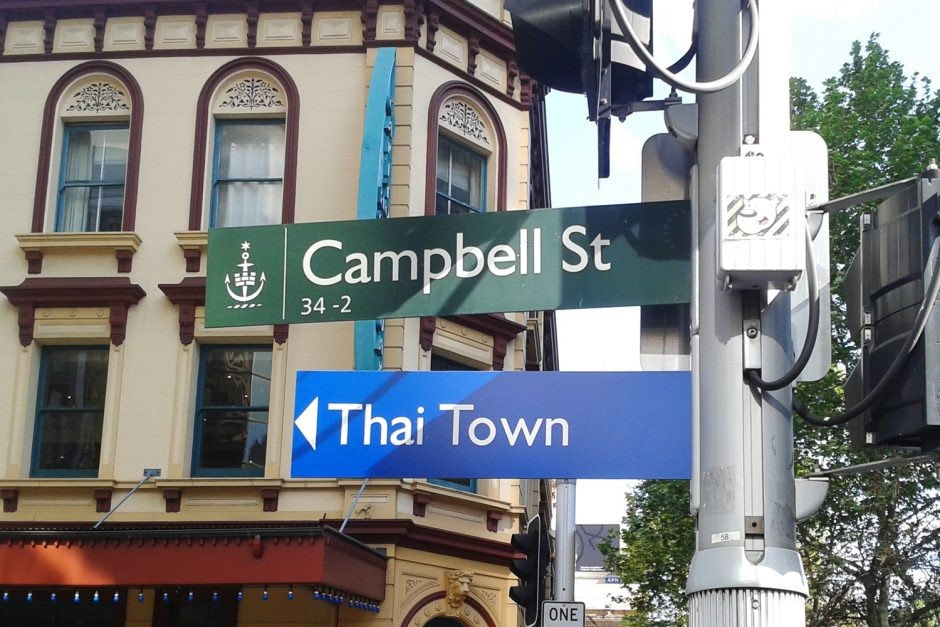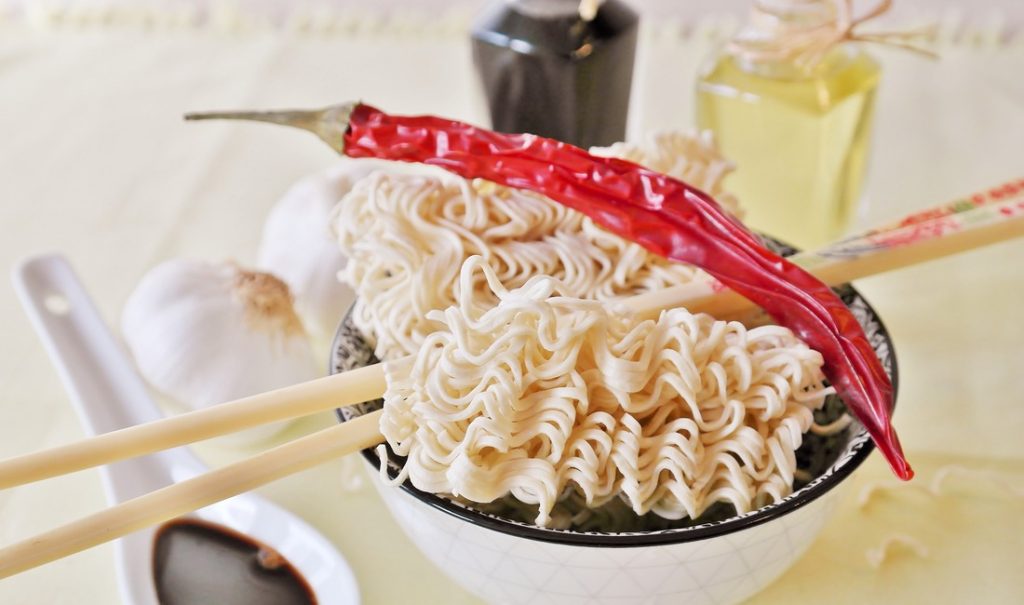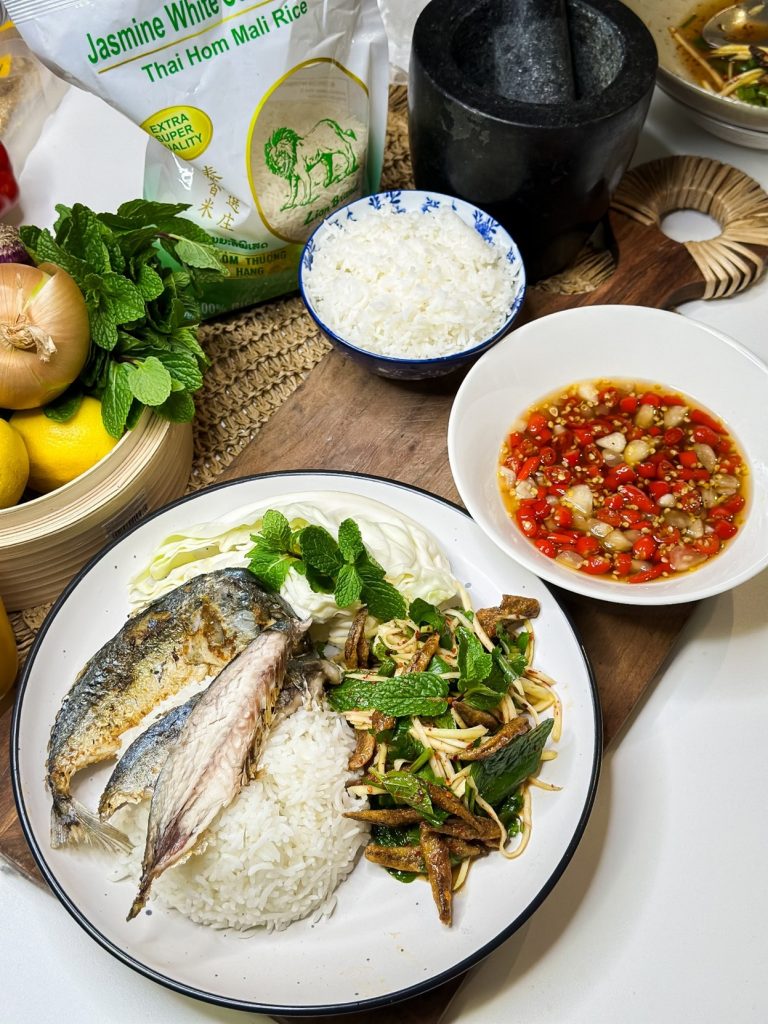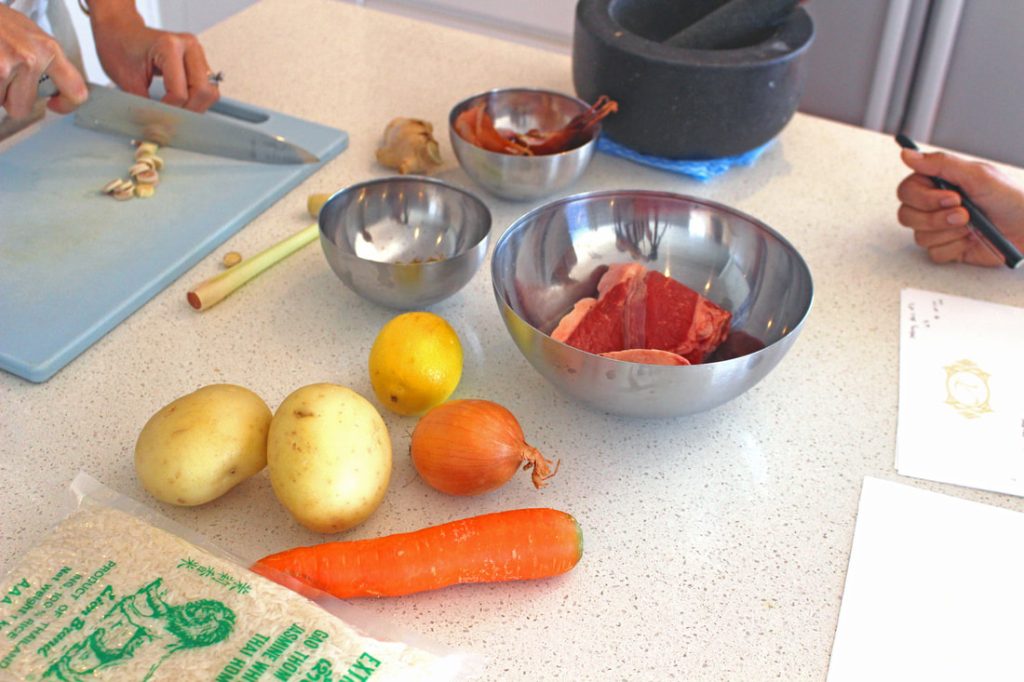Typically a Thai person only uses his or her official name in formal situations. Even in work, most people use their nicknames. It is quite common for acquaintances to never actually know a person’s full name, only their nickname
A nickname in Thai is a ‘chue len’. Chue means name’ and len means ‘play’. Parents give their children a chue len in addition to a formal given name. In most cases the nickname is a single syllable. Informal names begin at birth and may continue in use to the extent that one may have to check the legal registration to find a Thai person’s formal given name.
The evolution of Thai nicknames dates back to the Sukhothai era, when names were used to mark the order of children. Nicknames such as Ai, Yee, and Sam designated children as ‘one’, ‘two’, and ‘three’. Later, in the Ayutthaya and Rattanakosin periods, children began to be named for physical attributes, such as Daeng (‘red’) or Uan (‘fat’) or for desirable items such as Thong (‘gold’).
Odd names, some of which we still have today, like Aueng (bullfrog), Kiad (a small frog), Mha (dog) or Moo (pig) result from a Thai belief that babies are born from ghosts, with such unpleasant names meant to fool and discourage spirits from taking back the babies.
After the Siamese Revolution of 1932, we saw people of the lower and middle classes start opting for longer names, in an attempt to achieve a sense of equality among people of higher classes – Asst Prof Somchai Sumniengngam
The length of official names kept growing so much so that in 1962, the Person Name Act was passed, limiting the length of new Thai names. To register a new name, it can not have more than ten Thai letters (excluding vowel symbols and diacritics). Nevertheless, official Thai names are still very long and not practical for day to day use.
Which is why the nickname has taken on such importance. The choice of nicknames today is largely down to the personal preference of the parents. Some still use traditional naming conventions, while others choose nicknames based on what sounds pleasing to them. As in many cultures, this is subject to trends and often people look for new and creative ways to name their children.
|
 |
 |
Thirty-nine-year-old Tridate Sribhanasakulchai’s nickname, for instance, is Porsche, and his two children’s are Bugatti and Lamborghini. But this tradition goes a bit farther back. Tridate’s older brothers’ nicknames are Benz and Alfa (from Alfa Romeo), and their children’s nicknames, naturally, include Martin (from Aston Martin), Ferrari and Mati (from Maserati). – Bangkok Post
Once in a while my friends and I discuss the topic ‘Why new- generation Thai parents have to name their babies with weird nicknames?’. The most strange nickname I ever heard of is สเตตัส ‘status’ , this is a name of my high school mate’s baby boy. She did update a lot of Facebook statuses during her pregnancy. – LearnThaiwithMod
References
https://www.bangkokpost.com/thailand/special-reports/1125065/whats-in-a-name-
https://theculturetrip.com/asia/thailand/articles/why-do-thai-people-have-nicknames/
https://theculturetrip.com/asia/thailand/articles/11-things-you-should-know-about-thai-culture/
https://www.huahintoday.com/thailand-news/light-hearted-look-thai-nicknames/
http://learnthaiwithmod.com/2013/06/top-10-common-thai-nicknames-and-some-weird-ones/
http://www.thailandbreeze.com/thai-nicknames.html
https://en.wikipedia.org/wiki/Thai_name
https://www.thai2english.com/learn/the-crazy-world-of-thai-nicknames
https://www.rosette.com/blog/analyzing-thai-names/
https://ohmissannabella.com/thai-culture-thai-names/
https://tastythailand.com/why-are-thai-surnames-last-names-so-long/





